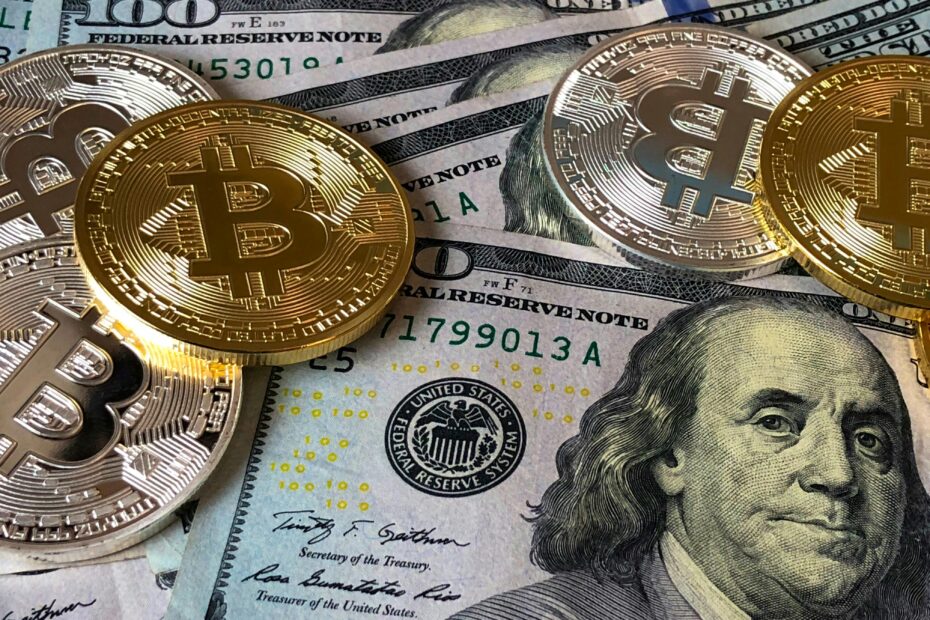Bitcoin halving is probably the most highly critical event in the world of cryptocurrency. It causes a significant effect on its supply, mining process, and very often on its market price. This event, which occurs approximately every four years, slices the reward for mining new Bitcoin blocks by half and reduces the rate at which new Bitcoin enters circulation. The upcoming halving has many investors, miners, and crypto enthusiasts in high anticipation. Understanding its possible effects is crucial to both seasoned and new traders. This article outlines some of the historical impacts resulting from past occurrences of halving, how it technically works behind the scenes to drive the process, and how
this may be different in terms of market sentiment this time around regarding its
influence on Bitcoin’s price.
Understanding Bitcoin Halving
Bitcoin halving is a mechanic programmed into Bitcoin’s code to regulate supply and ensure the asset becomes scarce over time. Concretely, instead of 50 BTC per block, miners first received 25 BTC after the first halving, then 12.5 BTC after the second, and now get 6.25 BTC for a block mined. The following halving will cut that current 6.25 BTC reward down to 3.125 BTC per block in 2024. The total supply of Bitcoin was capped at 21 million coins, and the halving events were supposed to slowly cut down new supply entering the market. Scarcity, by any economic metric, drives up price. This has led to previous price rallies of the cryptocurrency because the reduction of supply tends to increase demand from investors.
Historical Impact on Bitcoin’s Price
Historically, Bitcoin’s price has surged after halvings. In 2012, when the reward dropped from 50 BTC to 25 BTC, the price rose from about $12 before the halving to over $1,000 by the end of 2013. Similarly, after the second halving in 2016, the price jumped from around $650 to nearly $20,000 by the end of 2017. The most recent halving happened in May 2020 and cut the reward to 6.25 BTC per block. Unlike the other recent halvings, this event happened during a time of great market uncertainty due to the COVID-19 pandemic. Despite that uncertainty, Bitcoin’s price surged from about $8,000 ahead of the event to an all-time high of almost $69,000 in November 2021. Although each of these halvings has occurred with huge rallies in price, it must be noted that the surge is not immediate. It typically takes several months to even more than a year after the halving for this reduced supply effect to be absorbed in the market fully.
Supply Reduction and Mining Rewards
The halving directly affects the role and importance of Bitcoin miners, who are responsible for securing the network and confirming all transactions. Miners are incentivized through newly minted Bitcoin-the block reward- and transaction fees. Every time the halving occurs, this mining reward is reduced by half, reducing the profitability of the mining operation for miners. This can result in smaller or less efficient miners leaving the market because their operation costs could be more than their earnings. But the reward reduction simultaneously makes Bitcoin scarcer, and historically, that means its price increases. If prices surge significantly upward following the halving, remaining miners could enjoy a net increase in profitability despite earning fewer Bitcoin per block because the higher price per Bitcoin offsets the reduced block reward.
Market Sentiment and Investor Reactions
Market sentiment is another crucial factor affecting the way in which Bitcoin reacts to this event.
– Market sentiment: refers to the overall attitude or feeling that investors and traders have about a particular market or asset at a given time. The two most known examples are bullish and bearish sentiment.
– Bullish sentiment means investors are optimistic and expect prices to rise.
– Bearish sentiment means investors are pessimistic and expect prices to fall.
Many sophisticated investors expect the price of Bitcoin to rise after such an event due to reduced supply and speculative buying that usually happens in the months leading up to the event. In fact, this anticipation, along with historical precedents, has fostered bullish market behavior before the previous halvings. However, full disclosure: past performance is not indicative of future results. Each time the event occurred, Bitcoin price surged, but with the market in its maturity stages and regulatory developments, macroeconomic conditions, and wider adoption of cryptocurrency, it might induce a different outcome than usual this time. Moreover, newcomers should be warned because post-halving rallies have always been followed by significant corrections. After its peak in late 2017, the price of Bitcoin fell by more than 80% the following year. This is just the nature of Bitcoin as an asset class.

Preparing for the 2024 Bitcoin Halving
With the next Bitcoin halving set to take place in April 2024, sophisticated investors and newbies alike should take great care in considering their strategies. Long-term holders, better known as “HODLers,” look at halvings for the opportunity to accumulate more Bitcoin, their playbook being that supply reduction equates to long-term appreciation in price. On the other hand, a short-term trader may want to try and profit off of the volatility surrounding the event by timing buys and sells based on
market momentum. New investors have every reason to exercise caution concerning the risks,
considering the history of Bitcoin’s price fluctuation. Investors should refrain from making investment decisions based on expectations of an increase in price following the halving. Diversifying portfolios and studying each asset will go a long way in potentially minimizing risks in a Bitcoin investment. As well as staying updated on market trends.
Conclusion
Halving Bitcoin is a very key event within the world of crypto, which then has a wide-ranging impact on supply, profitability for miners, and market behavior. If history can be used as some indicator, these events set up sharp rallies in the digital asset price, but the timing and extent of such rallies have always differed. However, the 2024 halving will most likely not be an exception in the aspect of influence. However, investors are usually advised to balance their strategies in view of opportunities for both long-term profits and short-term volatility risks.
References
Coinbase – bitcoin halving
IG – what to know about the 2024 BTC halving?
Investopedia – what is BTC halving and why does it matter for crypto investors?
